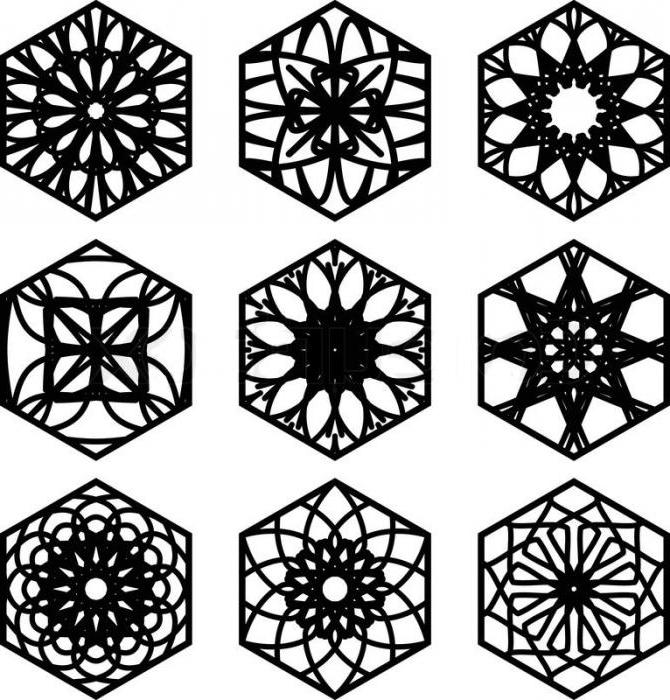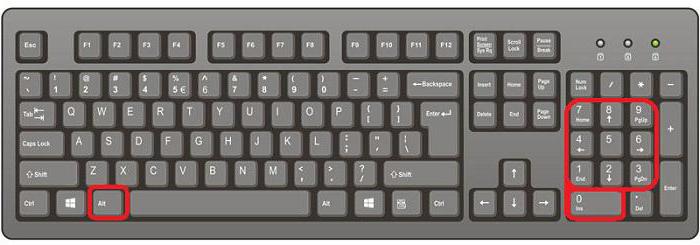Arabic numerals. Origin, meaning
Arabic numerals are ten mathematicalsigns, by means of which any numbers are written down. They look like this: 0, 1, 2, 3, 4, 5, 6, 7, 8, 9. These figures appeared in Europe in the X-XIII centuries. Today, most countries use Arabic numerals to write numbers used in the decimal system. The origin of the Arabic numerals is still not known for certain. Some scholars believe that the Arab figures came to us from India in the 5th century AD, but were widely disseminated thanks to the famous Arab scholar Al-Khwarizmi, who widely popularized them. This world-famous scientist was the author of the treatise "Kitab al-dzhairr wa-al-mukabala." It is from the title of this treatise that the word "algebra" has come into being, which has become not just a term, but a science without which it is impossible to imagine our life.
Arabic numerals were appreciatedresidents of Muslim states and improved by scientists. About five centuries, these figures are mainly used by the Arabs. With their help, medieval scientists were able to achieve tremendous success in algebra, mathematics and other exact sciences, while Europe plunged deeper into ignorance and obscurantism.
The origin of the Arab numerals in Europe is associated withthe fact that the territory of modern Spain peacefully coexisted two states - the Christian Barcelona County and the Muslim Cordoba Caliphate. Sylvester II, the former leader of the Christian Church from 999 to 1003, was an unusually educated man and an outstanding scientist. He managed to open for Europeans the achievements of the Arabs in astronomy and mathematics. Even as a simple monk, he gained access to Arabic scientific books and treatises. Sylvester II turned his attention to the convenience of using Arabic numerals and began to intensively propagandize them in Europe. This extraordinary man immediately turned his attention to the significant advantages that the Arab numerals have over the Roman numerals that were widely used in those days in Europe.
Not immediately residents of European countries appreciatedthe enormous scientific significance of this knowledge. It took three centuries, in order for these figures to come into use and won universal recognition. But after the Arab figures took their place in medieval Europe, the Renaissance began. Thanks to the introduction of Arabic numerals, mathematics and physics, astronomy and geography began to develop. European science has received a new serious impulse in its further development.
Why do the Arabic numerals have such a mark? There is a hypothesis that they are composed of segments of straight lines, and the number of angles is the same as the number itself. For example, zero has no angles, with a graphical writing of the number 1 - one corner, 2 - consists of two angles, etc. Over time, the corners are smoothed and the figures have acquired the current familiar form. This, of course, is an interesting hypothesis, but it is not an absolute truth.
On the question of what kind of people came up with Arabfigures, it is not easy to answer. Scientists are inclined to the version that, most likely, their writing came to the Arabs from India, where the inscription most closely resembles modern figures. It was in the Indian documents, compiled in the V-IX centuries, that scientists discovered records that in their appearance resembled modern figures.
How did the Indian figures changein Arabic? Arabs after the fall of the Roman Empire in the V century BC. e. intensively traded with India and along with incense, spices and precious stones, they brought new figures that became known as Arabs after they were perfected and popularized by the Arabs. Therefore, the question of what kind of people came up with Arab figures remains to this day open.
</ p>




